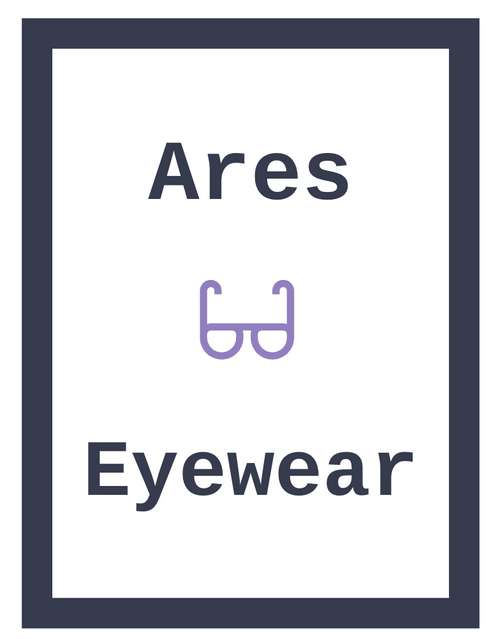Amblyopia, commonly known as the "lazy eye," is a visual condition that affects the coordination and depth perception of an individual. It refers to reduced or blurred vision in one eye, where the brain favors the other eye.

This condition typically develops in childhood and can have long-term effects on a person's visual acuity if left untreated. This blog post aims to shed light on amblyopia, its causes, common symptoms, and available treatment options.
What Causes Amblyopia?
Amblyopia occurs when the brain fails to recognize or fuse the images from both eyes into a single, three-dimensional image. This can be due to several factors, including:
- Strabismus: Misalignment of the eyes, where one eye turns inward, outward, upward, or downward, causing double vision.
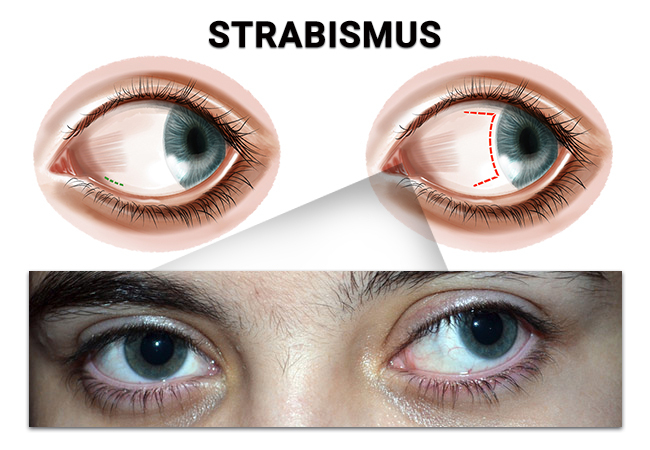
- Anisometropia: Significant difference in the refractive errors (such as nearsightedness or farsightedness) between the two eyes.

Common Symptoms
The symptoms of amblyopia may vary among individuals, and some may experience more pronounced effects than others. However, the following signs may indicate the presence of this condition:
- One eye appears to wander or turn in a different direction.
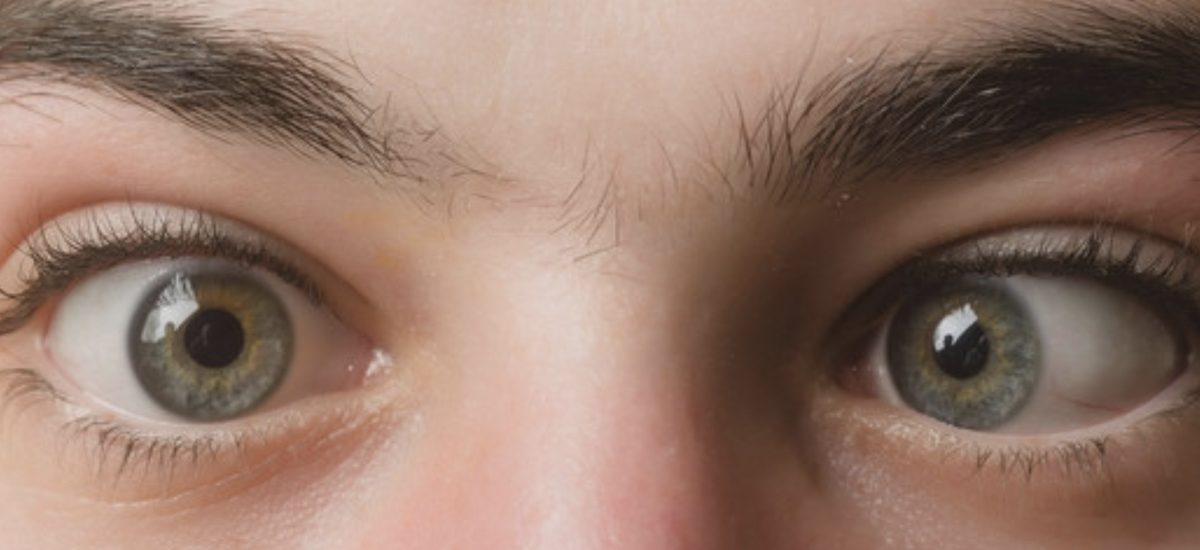
- Frequent squinting or shutting of one eye.

- Poor depth perception and difficulty in judging distances.

- Reduced vision in one eye, despite the absence of any detectable physical abnormalities.

These signs may be present in children with amblyopia, but they can also occur in other eye conditions. It is important to consult with an eye care professional for a proper diagnosis if any of these symptoms are present.
Treatment Options
Early detection and intervention are crucial for managing amblyopia effectively. The primary goal of treatment is to encourage the weaker eye to develop better visual acuity and improve binocular vision. Commonly employed treatment options include:
- Patching: The stronger eye is patched or covered to force the weaker eye to work harder and improve overall vision.
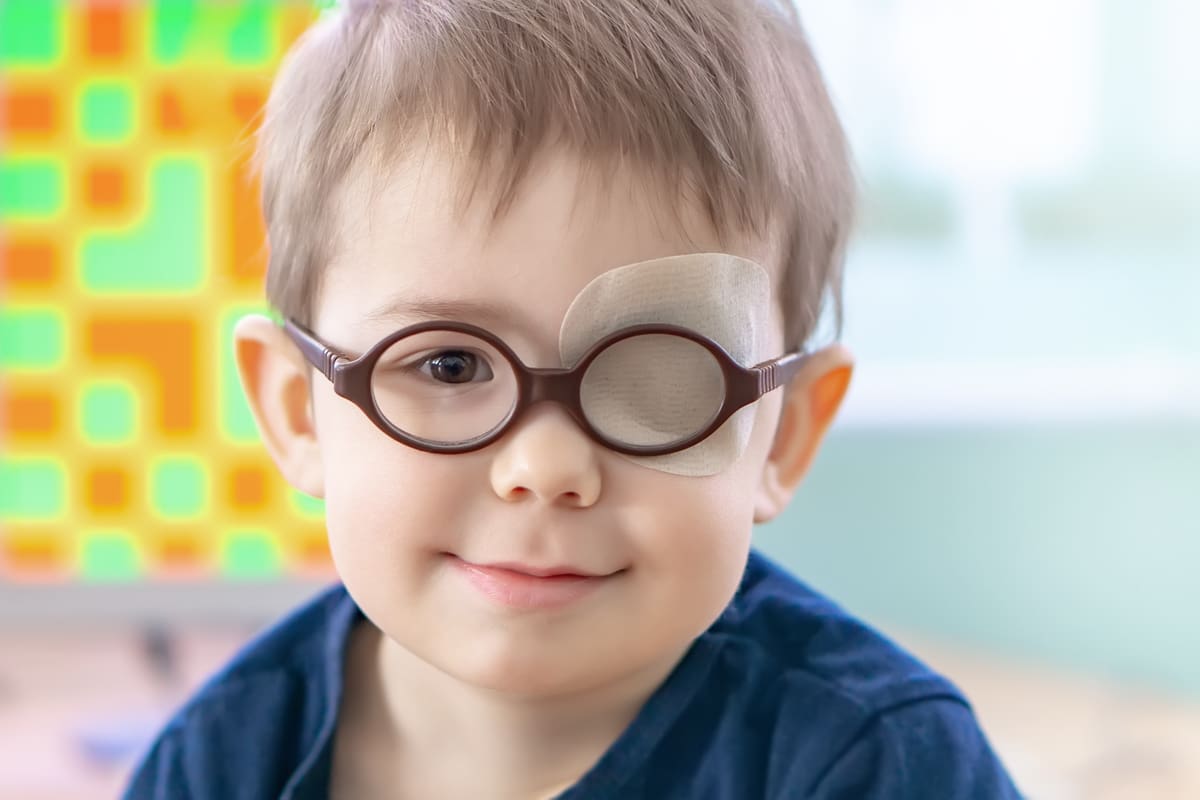
- Vision therapy: Special exercises, eye patches, or eye drops are utilized to enhance eye coordination, focusing abilities, and visual acuity.

- Corrective lenses: Prescription eyeglasses or contact lenses may be used to counteract refractive errors or anisometropia.

- Surgery: In cases of severe misalignment (strabismus), surgical intervention may be required to align the eyes properly.
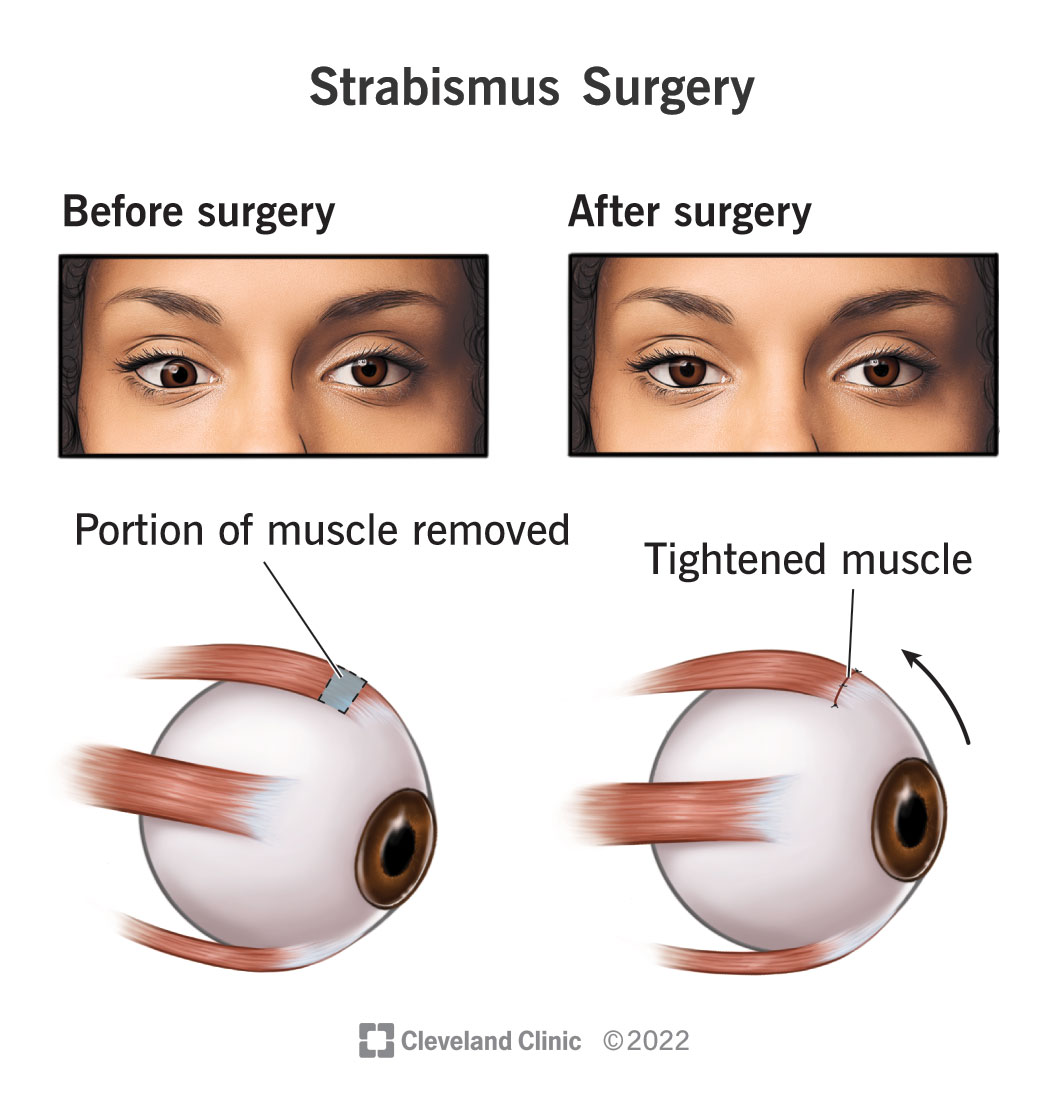
These treatment options are typically used in combination to maximize the chances of success. The specific treatment plan will depend on the individual patient and the severity of their amblyopia.
Treatment is most effective when started early, preferably between the ages of 3 and 7 years old, as the visual system is still developing during this time. However, treatment can still be beneficial in older children and adults.
Monitoring and follow-up care are essential components of amblyopia management. Regular eye exams are important to track progress and make any necessary adjustments to the treatment plan. Compliance with treatment and follow-up visits is critical for achieving optimal outcomes.
It is important for parents, caregivers, and healthcare professionals to be aware of the signs and risk factors of amblyopia to ensure early detection and intervention. Regular eye screenings in children, especially before starting school, can help identify any visual issues and ensure timely treatment if needed.
Amblyopia, commonly referred to as the "lazy eye," is a visual condition that requires early diagnosis and intervention to prevent long-term visual impairments. If left untreated, amblyopia can lead to permanent visual difficulties and impact a person's quality of life. By recognizing the symptoms and consulting an eye care professional, individuals can avail themselves of appropriate treatment options to manage and improve their visual acuity. Remember, prevention, early detection, and timely intervention are key to ensuring optimal eye health.
